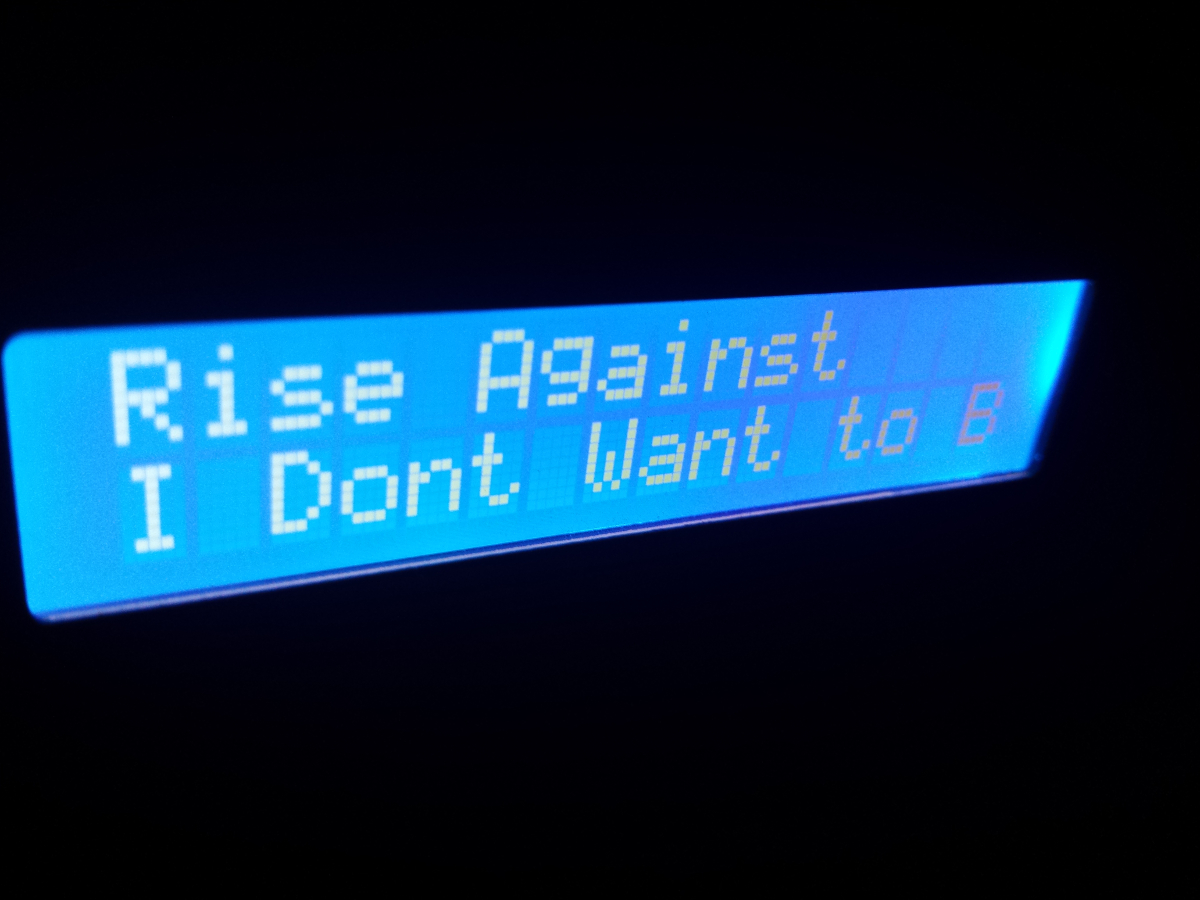Hey,
recently i finished my first volumio wlan box. it will be used to power up some very old BOSE 2.1 Speaker in my bedroom.
The box contains one Raspi B with an Audiophonics DAC Sabre ES9023. The DAC is directly connected to a 2*50W Class D amplifier /This one: store.sure-electronics.com/audio … aa-ab32174 ). To connect the Speakers to the amplifier i use a regular terminal connector block
To hold all this stuff i designed some easy clamps, which are glued to the bottom plate of the acrylic glas case. The clamps are printed on my 3d printer in ABS plastics.
The Power source is a universal DC power supply with 15-24V and 5,5A. In order to power up the amplifier with 24v and the raspberry with 5v i added a dc-dc converter as a voltage regulator for the raspberry.

Also i added a 16x2 LCD to the front panel of my small box. Its connect via i2c to the pi. I’ve found a lib written in python to use the display. Also i wrote a small bash script to collect the informations i want to show on the LCD
The scripts uses mpc to readout the current song. If there is no song playing it shows the ip-address of eth0 in line one and wlan0 in line two.


I will replace the black painted (i’m not good in painting stuff) mdf front panel trough a laser cut black acrylic glas panel as soon as the lasercutter in my fablab is up and running.
